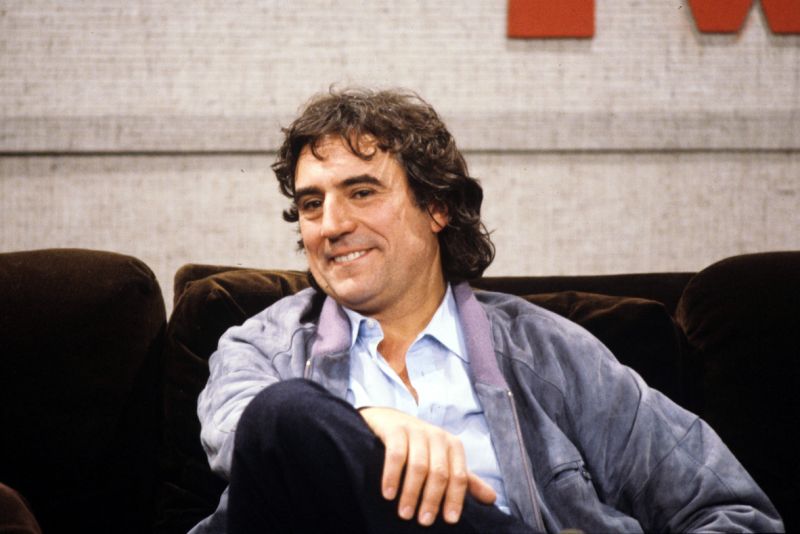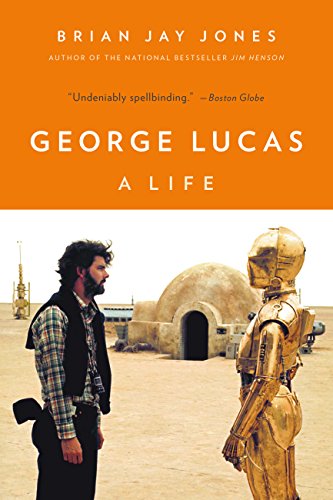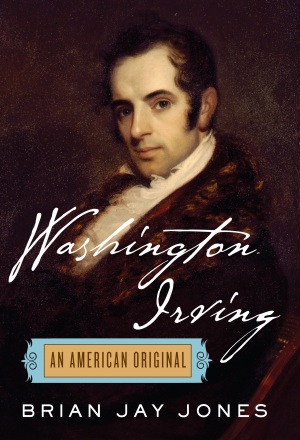
I was sad to hear of the passing of the great Terry Jones who died on January 21 at the age of 77. Jones was the Iron Man of Monty Python’s Flying Circus, who could play anything and everything brilliantly, be it straight or silly. The New York Times has a nice obituary on Jones, but makes no mention of a non-Python project that I know means a lot to people.
It was his 1986 collaboration with Jim Henson, George Lucas, and David Bowie.
I’m talking, of course, about Labyrinth, for which Jones wrote the screenplay.

Yup. Here’s how it happened.
The plot to Labyrinth had been sparked by an offhand remark artist Brian Froud made to Jim Henson while talking about what they hoped would be their post-Dark Crystal project. Jim enthused about old mythologies, and Froud casually mentioned that he liked stories about goblins stealing babies. Intrigued, Jim ran with the idea, scribbling out pages and pages of notes, and began looking for an ideal writer for the screenplay based on the idea.

Jim wanted to give Labyrinth the lighter touch he felt that 1982’s Dark Crystal was missing, and thus wanted to collaborate with a comedian. Jim was a fan of Monty Python’s Flying Circus — he would mark the show’s broadcast time on his calendar each week — and especially admired Terry Jones’s children’s book The Saga of Erik the Viking, which he had recently read in advanced copy.
In late 1982, Jim approached Jones about working on Labyrinth, with the enthusiastic encouragement of Python alumnus John Cleese, who had appeared on The Muppet Show, and who called the proposed collaboration “a really marvelous idea.” “Your contributions will surely make the script jump to life,” Jim wrote in a note to Jones—and was thrilled when Jones said yes.

Henson handed Jones a story treatment–developed from his own notes by poet and Fraggle Rock lyricist Dennis Lee–and an enormous sheaf of Brian Froud’s art. Jones was only moderately interested in Lee’s treatment, but he loved Froud’s work, and went to the pages repeatedly for inspiration. “Every time I came to a new scene I looked through Brian’s drawings and found a character who was kind of speaking to me already,” Jones said, “and suddenly there was a scene!”
Jones delivered his treatment for Labyrinth in March 1984. Henson immediately forwarded the script on for revision, passing it off to one writer after another, and sending Jones’s script through 25 rewrites over the next two years.
It was Jones’s first draft, however, that Henson used to land one of his biggest fish, handing it off to singer David Bowie at a backstage meeting and asking, “If you like the script, would you consider being Jareth and singing and writing songs for the film?”
Jones’s script did the trick. Bowie was in.

By summer 1984, most of the revisions to Jones’ screenplay had been made largely by Fraggle Rock writer Laura Phillips. But Jones and Phillips had very different approaches to the basic story and relationship between the two main characters, Goblin King Jareth and the young heroine, Sarah, who enters the labyrinth to free her baby brother. Where Jones was episodic and funny — and incorporated many of set pieces Jim loved, such as the Escher Room — Phillips was more character-driven.
“It was about the world,” Jones insisted, “and about people who are more interested in manipulating the world than actually baring themselves at all.” Jones thought it was more important to give the characters something interesting to do and to keep the story moving–and that the actors themselves could make the characters shine. Jim, who liked bits of both scripts, simply encouraged everyone to keep working.
In the same vein, it was Jones, too, who argued for a strong female leading actress, insisting she could convey her character “in her manner and by the way she talks and walks.”
In January 1985, after auditioning hundreds of girls and young women — including Helena Bonham Carter and Jane Krasinski — Jim Henson selected 15-year-old Jennifer Connelly as his lead. You can see her audition here:

Henson would continue tinkering with Jones’s script right up until five days before filming began in April 1985. At that point, he was huddling over the pages with comedian/screenwriter Elaine May. Also involved: Labyrinth producer George Lucas, who helpfully (!) drew concentric circles on the script as he explained the revisions to the plot.)
It was a lot of talented chefs, but an overcrowded kitchen—though the final film would give screenwriting credit solely to Jones, who still “didn’t feel that it was very much mine. I always felt it fell between two stories. Jim wanted it to be one thing, I wanted it to be something else.”
Any such complaints aside, Jones’ script is full of remarkable moments—including a “well of hands”—an idea Jones loved, but wasn’t sure how it might be pulled off onscreen.
Take a look here to see how they did it:
Jones also gamely did promotion for the film — and did anyone ever look like they were having as a good a time in a sea of goblins and creatures?

So here’s to Terry Jones, who poked us with pillows, exploded in a restaurant, made Karl Marx a lovable game show contestant, played the organ naked, mothered a Messiah, sang about traffic lights — and who made a Goblin King dance and steal our hearts. What an enormous talent. I miss him already.







